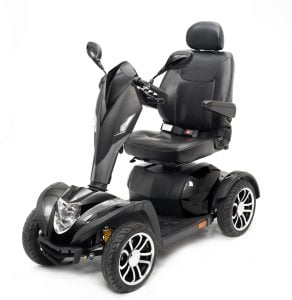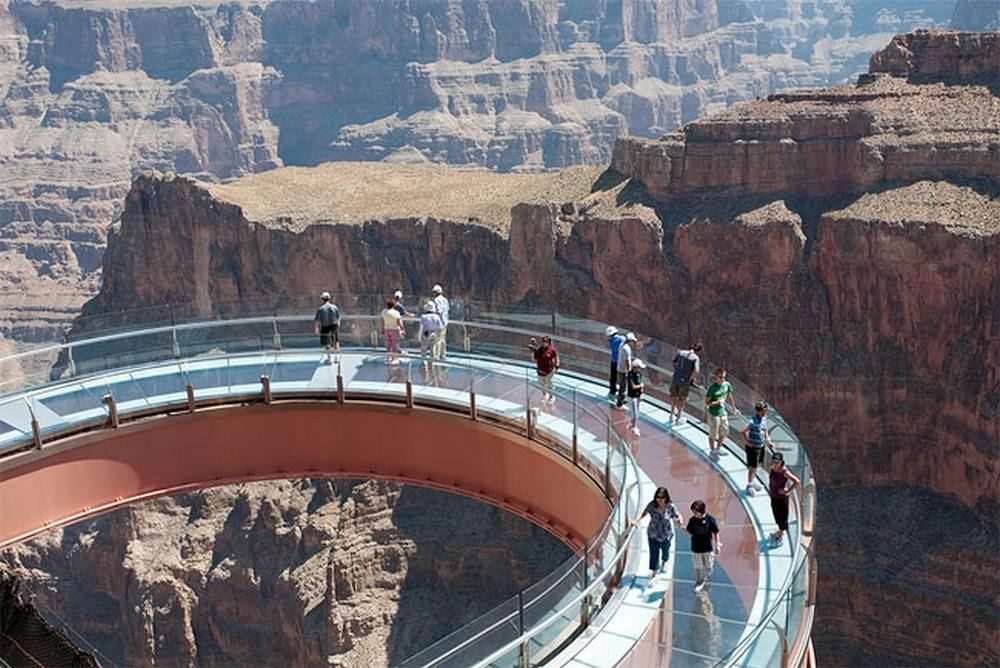 Everyone needs to experience at least one outdoor adventure in their lifetime. It’s a fun escape from the mundanity of our everyday lives.
Everyone needs to experience at least one outdoor adventure in their lifetime. It’s a fun escape from the mundanity of our everyday lives.
A study published in the Environmental Research, Volume 166 highlighted the benefits of spending time in forests or parks. The study found that people who spent more time in green spaces had lower risks of chronic illnesses like type II diabetes.
